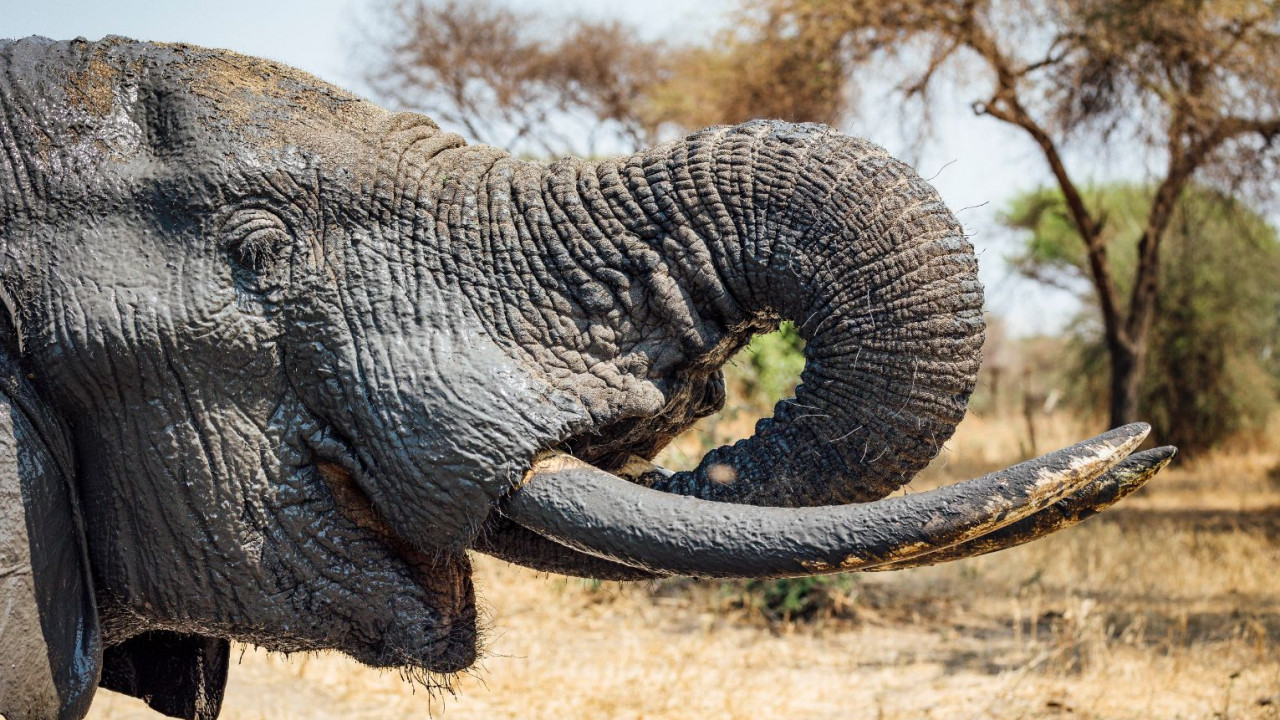
The elephant’s trunk is surely one of the most bewildering appendages in Africa, if not the entire animal kingdom. But how does this incredible accessory work?
Elephants essentially use their trunks as a multi-functional tool to breathe, drink, eat, smell, communicate, and even as a weapon when required. While a trunk appears truly vital to an elephant's survival, they can survive with just part of a trunk (with apparent difficulty).
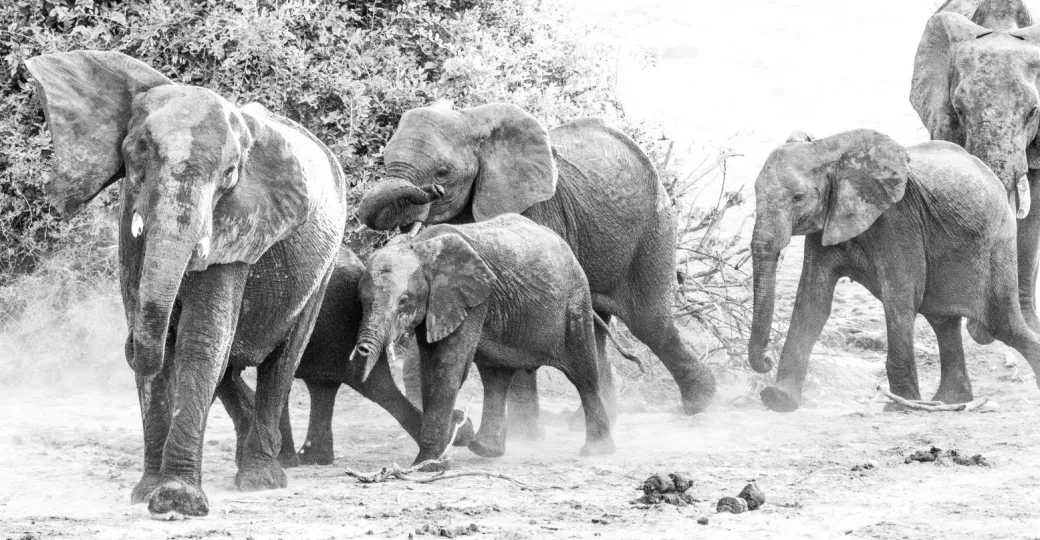
Elephants coming down to drink - Toby Pheasant
Essentially, the trunk is a muscular, flexible extension of the mammal's fused upper lip and nose. Nobody knows exactly how many for sure, but this remarkable 100kg+ appendage contains around 40,000 tightly packed muscles. This phenomenal muscle mass gives the trunk its extreme strength - capable of flexing in literally any direction and lifting over a tonne.
If you compare the number of muscles in a trunk to the roughly 700 that we have in our entire body, you can start to appreciate the trunk's complexity. Remarkably, looking at the skeleton of an elephant, there are no bones whatsoever that would suggest the trunks existence.
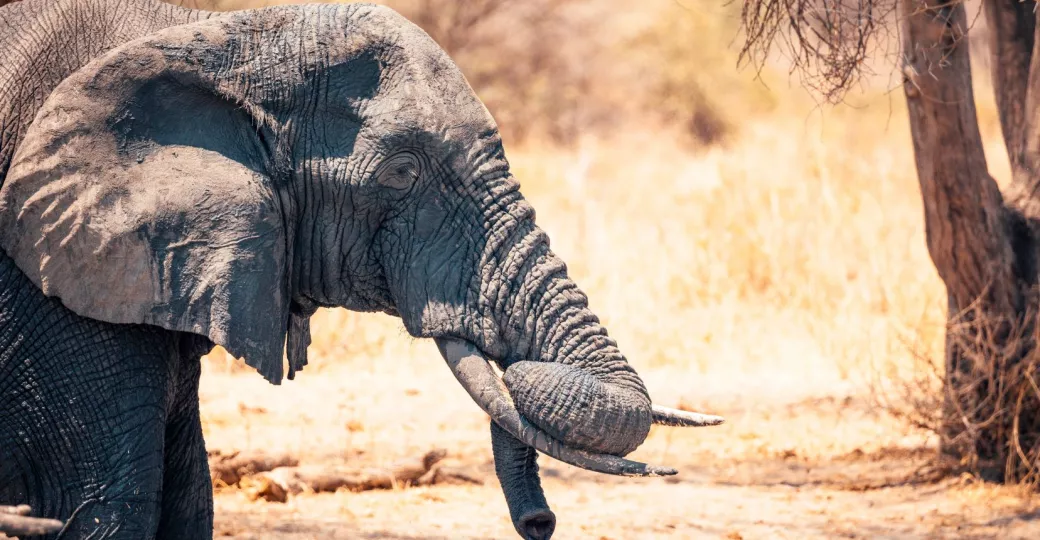
An elephant resting its trunk in the head of the day - Toby Pheasant
This incredibly complicated patchwork of muscle tissue tapers down to two fingers in the case of African elephants and one finger for Asian elephants.
The dexterous capability of the two 'fingers' of the African elephant is incredible to witness. They're able to precisely pick small fruits while testing for ripeness, select their favourite grasses and delicately pick bark off trees.
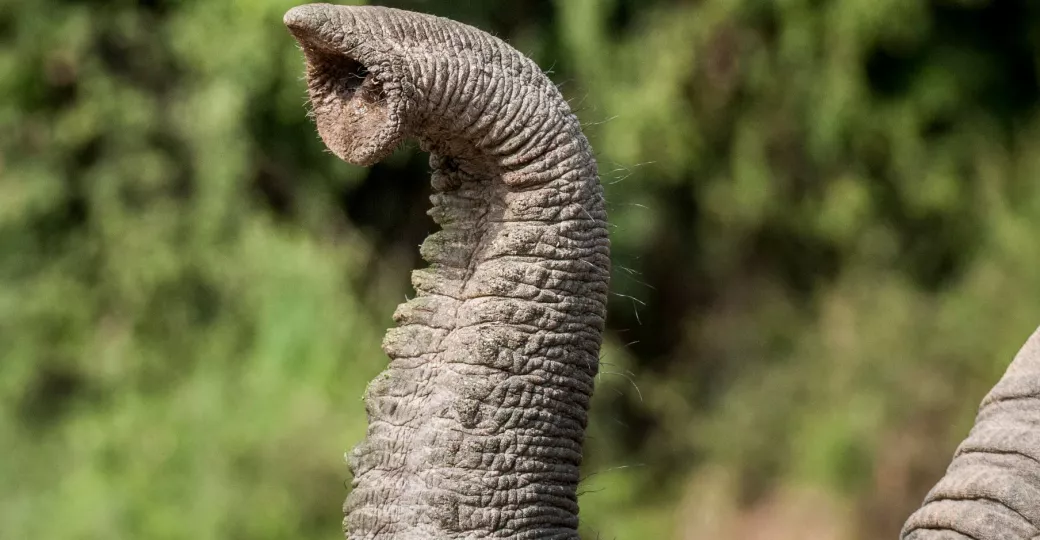
The dexterity of an elephant's trunk is incredible
Contrary to popular belief, elephants cannot not drink through their trunks. It would essentially be akin to us drinking through our noses - they would choke if they tried! Elephants can however suck up to 10 litres of water into their trunk before spraying it into their mouth, or all over themselves, including anything in the general vicinity.
When swimming (which they are very capable of!), elephants hold their trunks out of the water like snorkels to breathe.
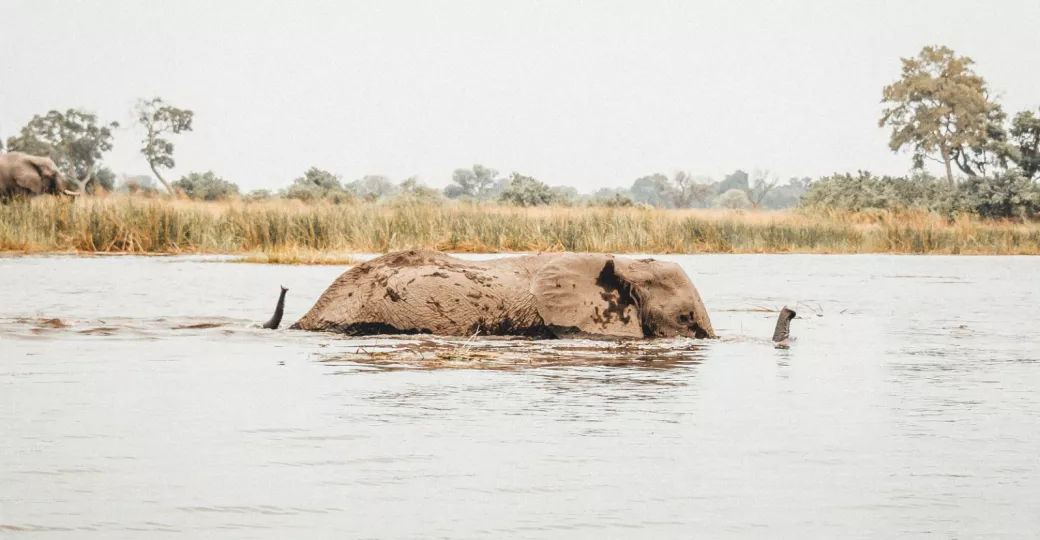
Elephants can use their trunk very well as a snorkel - Toby Pheasant
Within the upper nasal cavity of the trunk there are millions of receptor cells which allows the elephant to taste the air. If you have ever been lucky enough to see an elephant, you will have noticed that they point their trunks in different directions to sample the air for scents.
Their sense of smell is phenomenal and is said to be better than a bloodhound (how scientists are able to test this is a mystery!). They're able to smell fresh water up to 20km away and even within the ground.
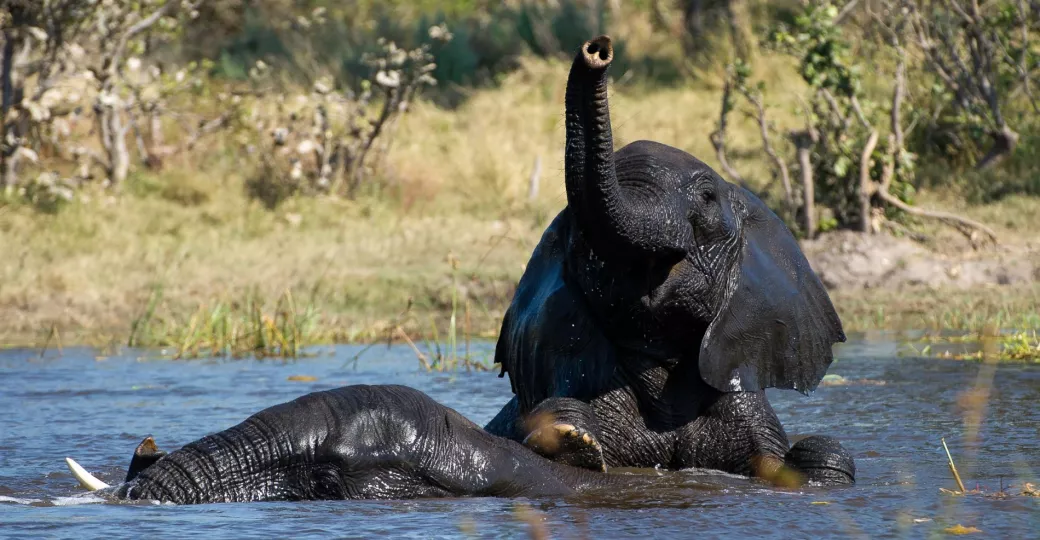
Elephants frolicking in the Okavango Delta
Adorably, baby elephants have to 'learn' how to use their trunks. It will take a baby elephant around six months to master how to use their trunk to drink, pick up things and generally communicate.
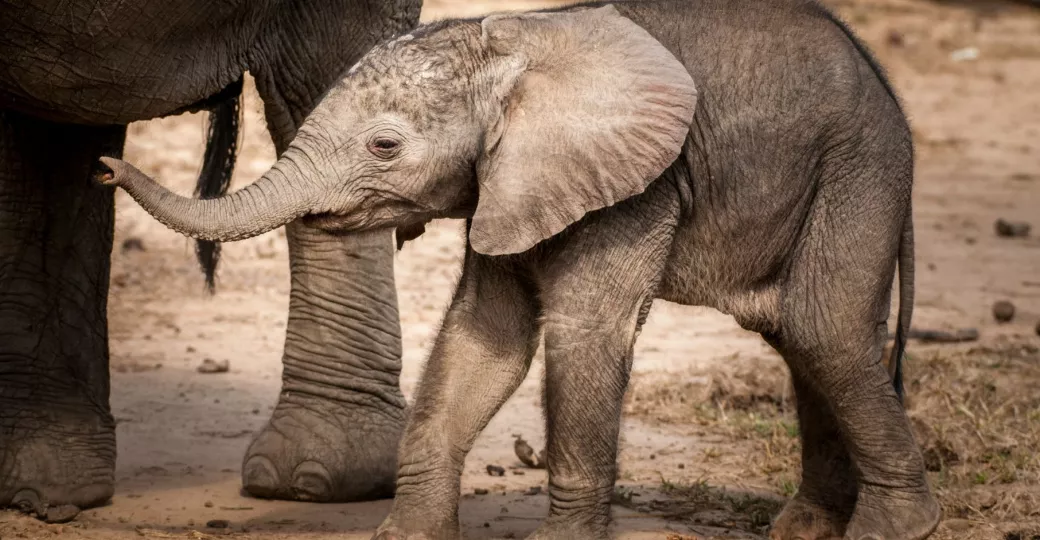
An elephant mother and her calf - Toby Pheasant
Finally, you may be asking why elephants have trunk at all? The answer is simple - evolution. The earliest identified ancestors of elephant had no trunks at all. However, as the competition for the leaves of trees and shrubs increased, their ability to harvest the food had to also.
All in all, an elephant's multi-functional trunk is not only versatile and useful, it is almost indispensable. Ultimately, it is the elephant's trunk that has made them such a successful species.

James Handley
Born and bred in the South of England, James is Bonamy’s intrepid traveller. When not honing his skills in London over the last decade, he's spent much of his time on self-planned expeditions and a...
View profileNever miss a notebook entry with our newsletter


